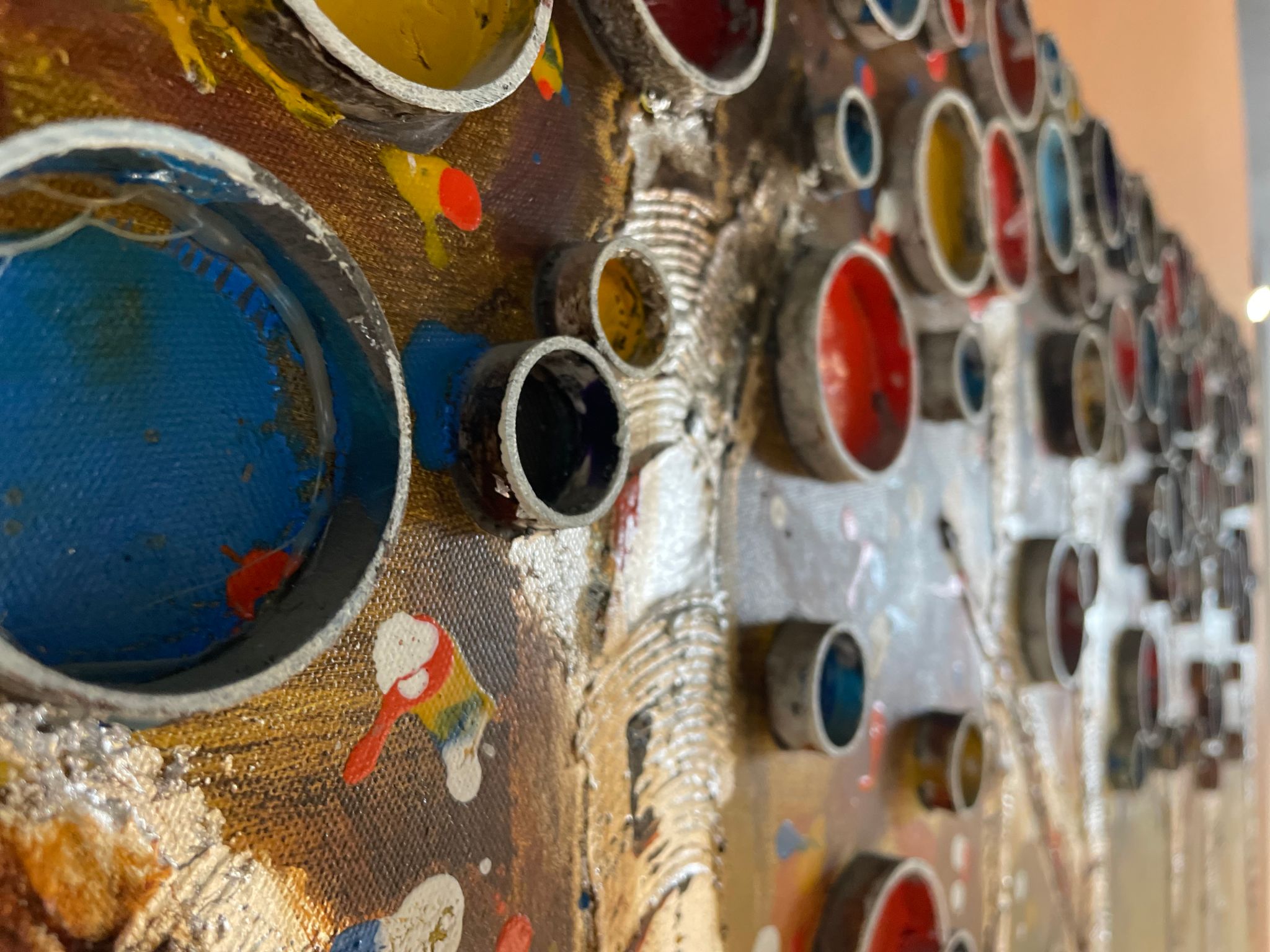How Upcycled Sculptures Benefit the Environment and Inspire Change
Understanding Upcycled Sculptures
Upcycled sculptures are a creative and eco-friendly way to transform waste materials into beautiful works of art. By repurposing items that would otherwise end up in landfills, artists not only reduce waste but also create pieces that captivate and inspire. Upcycling differs from recycling in that it uses existing materials without breaking them down into raw components, preserving more of the original item's energy and resources.

The process of creating upcycled sculptures often involves collecting discarded objects such as metal, plastic, wood, and textiles. Artists then use their creativity and skills to give these materials new life, resulting in unique sculptures that often make a statement about environmental awareness or social issues.
The Environmental Benefits of Upcycled Sculptures
One of the most significant benefits of upcycled sculptures is their positive impact on the environment. By reusing materials, they help reduce the volume of waste sent to landfills. This not only conserves landfill space but also reduces pollution and greenhouse gas emissions associated with waste decomposition.

Moreover, upcycling requires far less energy compared to traditional recycling processes. Since the materials are not broken down and reformed, less energy is consumed, resulting in a smaller carbon footprint. Additionally, by using available waste materials, the demand for new raw materials is reduced, conserving natural resources and promoting sustainability.
Inspiring Change Through Art
Beyond their environmental benefits, upcycled sculptures serve as powerful tools for social change. Artists use their creations to raise awareness about environmental issues, encouraging viewers to think critically about consumption and waste. These sculptures often highlight the beauty and potential of discarded materials, challenging perceptions of what constitutes "waste."

Upcycled art can inspire individuals and communities to adopt more sustainable practices in their daily lives. By showcasing the possibilities of reuse and creativity, these sculptures encourage others to consider how they might reduce their own environmental impact. This ripple effect can lead to broader cultural shifts towards sustainability and conservation.
Encouraging Community Engagement
Many artists and organizations host workshops and community events centered around creating upcycled sculptures. These activities provide opportunities for people of all ages to engage with environmental issues hands-on and learn practical skills for reducing waste. Participants can see firsthand how discarded items can be transformed into something valuable and beautiful.
Community projects often bring people together, fostering a sense of collaboration and shared purpose. By working together to create upcycled sculptures, communities can strengthen their ties while promoting environmental stewardship. This collaborative approach not only enriches the community but also amplifies the message of sustainability.
The Future of Upcycled Art
As awareness of environmental issues grows, so does the interest in upcycled art. More artists are exploring this medium, pushing the boundaries of creativity while advocating for a healthier planet. This movement is gaining traction worldwide, influencing art communities and inspiring new generations of artists.

The future of upcycled art looks promising as more people recognize its potential to both beautify our world and drive meaningful change. By supporting upcycled artists and participating in related initiatives, individuals can contribute to a more sustainable future while enjoying the unique beauty that these sculptures bring to life.